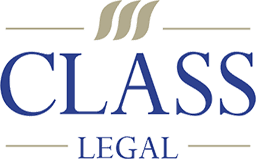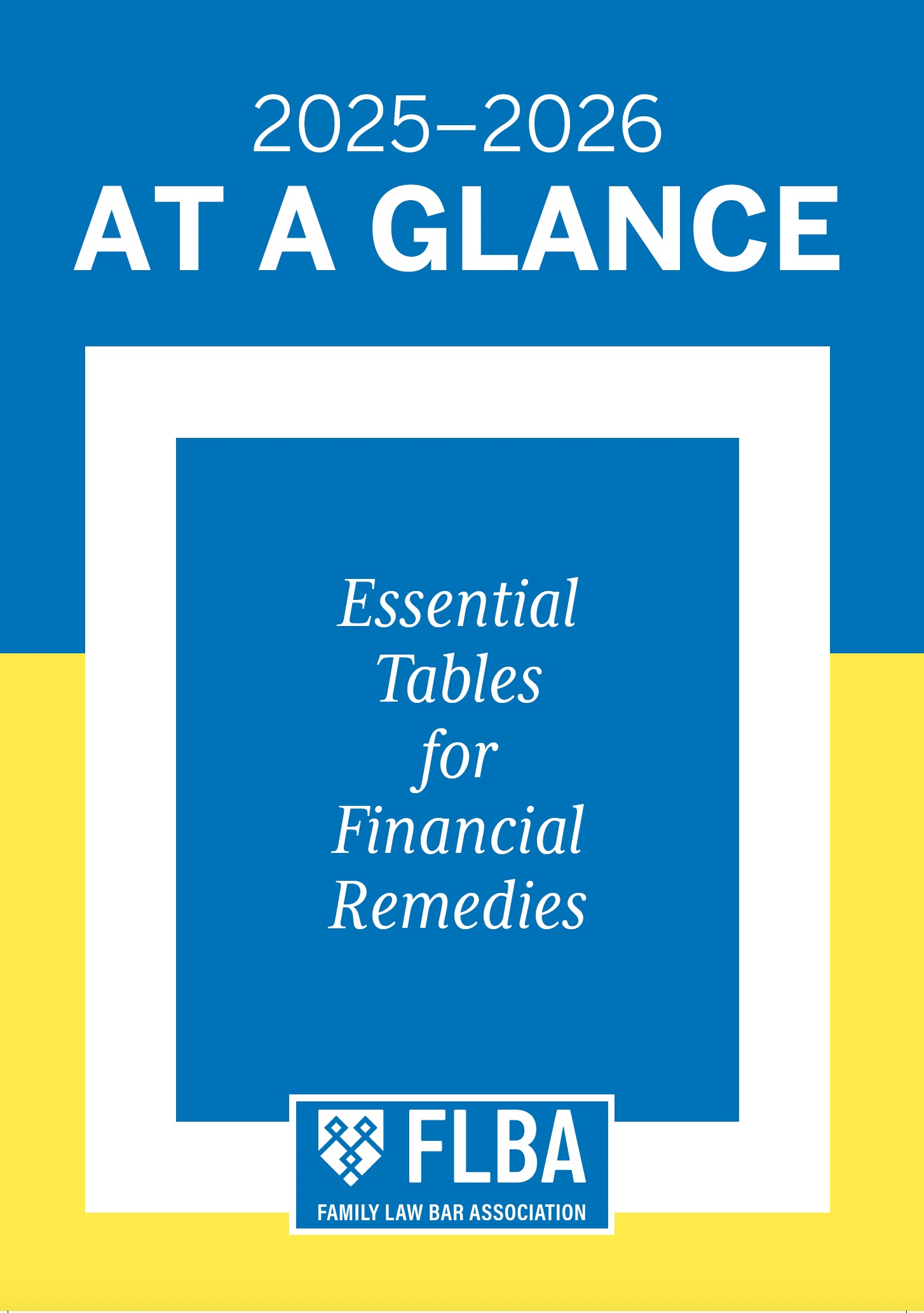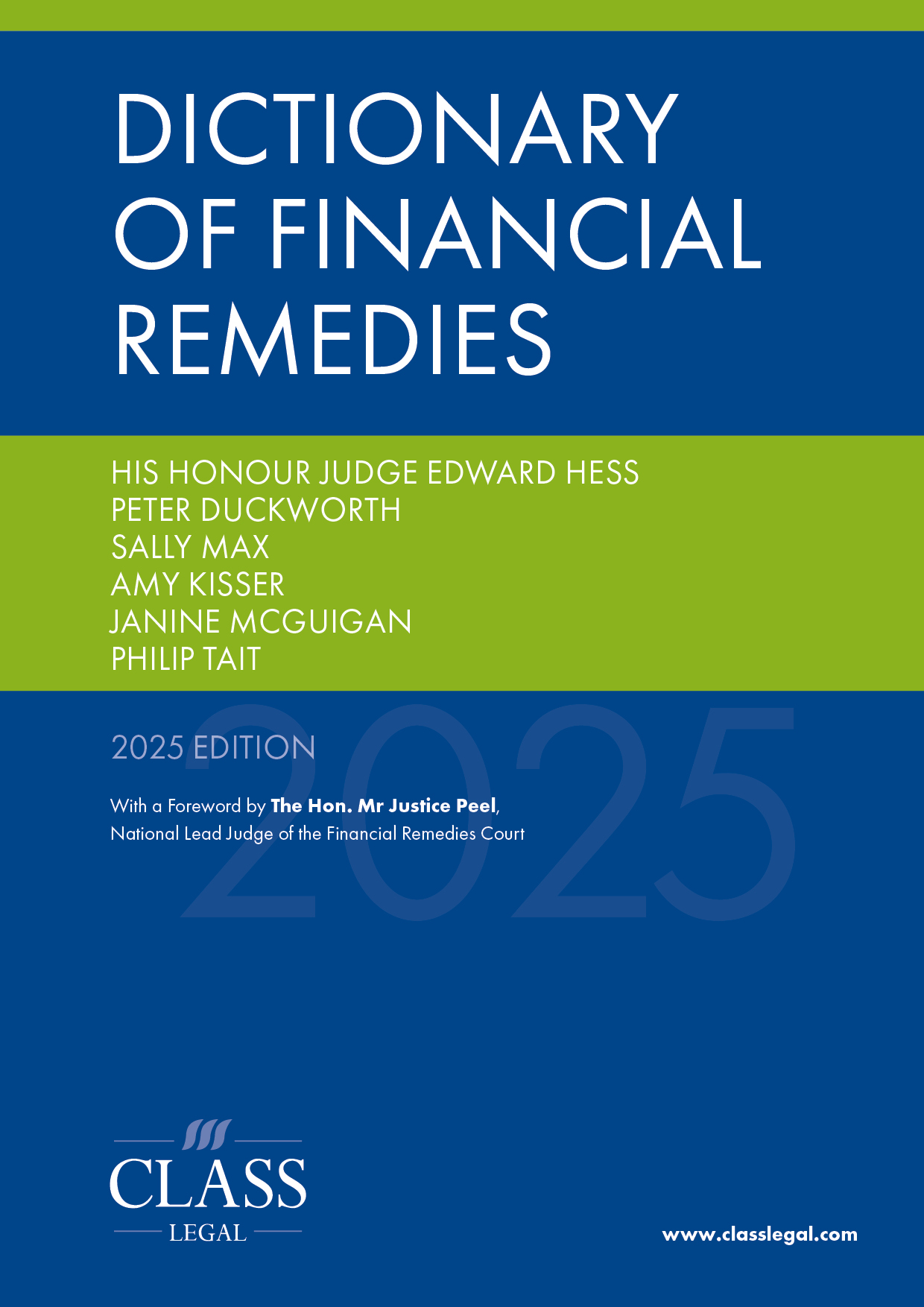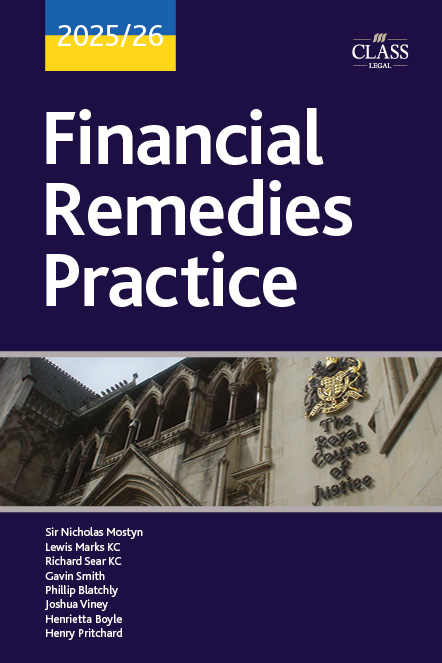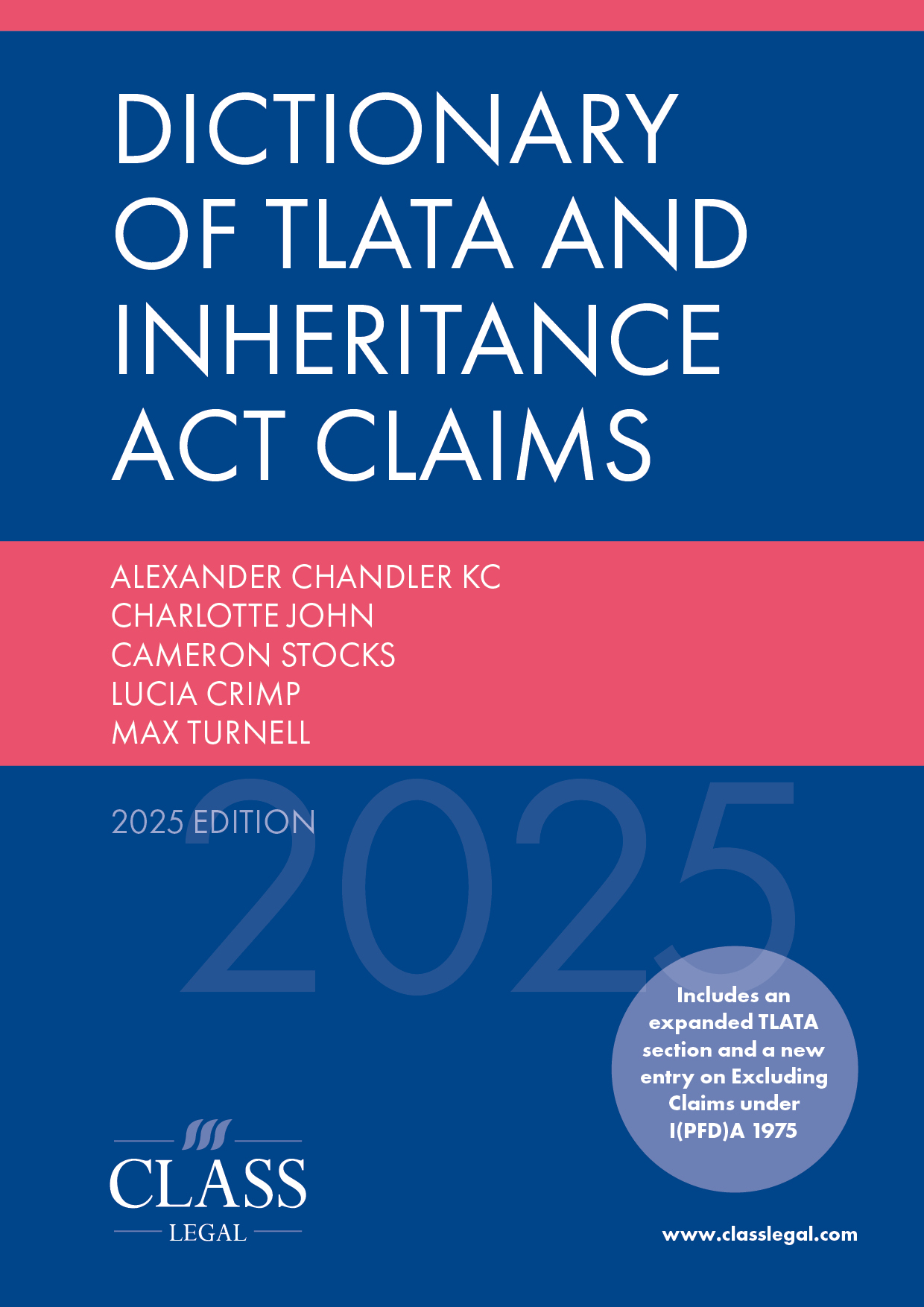
Duncan Needham v Susan Rosemary Ellis [2024] EWCC 2915 November 2024
Published: 22/04/2025 10:14
https://caselaw.nationalarchives.gov.uk/ewcc/2024/29
HHJ Tindal. An unusual case, involving two appeals arising from longstanding TLATA claims involving the former family home. Mr Needham’s application to vary the consent order which was made in 2017 was refused. He sought ‘permission to apply’ to set aside that refusal, permission being required because of a limited civil restraint order (LCRO). Permission to apply was refused; Mr Needham appealed. This judgment deals with his application to set aside that refusal. HHJ Tindal considers whether there was a ‘read-across’ from s 42(3) SCA into PD 3C for the appropriate test for ‘permission to apply’ under a civil restraint order (CRO). He clarifies the test as being the well-known ‘realistic as opposed to fanciful prospect of success’ test which recurs throughout the CPR. He provides practitioners with clear guidance on applying this test under a CRO.
Background
A TLATA claim brought by Ms Ellis was resolved in 2017 by consent order. Mr Needham contended that the consent order was obtained by fraud and duress. Multiple applications followed leading to four totally without merit orders and an LCRO being made against Mr Needham. There were repeated serious costs implications for Mr Needham, as set out at [2]. Notwithstanding, in September 2023, Mr Needham applied (again) to set aside the original 2017 consent order, citing different grounds than the 2018 set aside application – that application for permission to apply was refused by DJ Phillips; [4].
The procedural background is set out at [24] to [55].
The legal principles are set out at [56] to [63].
Permission to apply
A limited civil restraint order under paragraph 2.1 of Practice Direction 3C (PD 3C) can be made where a party has made two or more applications which are totally without merit within those proceedings. Mr Needham this needed the permission of the court to make any applications within those proceedings. PD 3C states that the application for permission to apply under an LCRO should have been determined on papers. However, a hearing was erroneously listed before DJ Phillips who made two orders: (1) vacating the hearing and (2) refusing the permission to apply, on papers. Unsurprisingly, the two orders gave rise to two appeals by Mr Needham; [5].
Later, HHJ Kelly granted Mr Needham’s appeals and gave him permission to apply for permission to appeal against both of DJ Phillips’ decisions as set out above. HHJ Kelly’s permission to apply was based upon (1) DJ Phillips vacating the hearing without hearing submissions and (2) refusal of the application for the permission to apply to set aside the consent order without giving reasons; [6].
Permission to appeal
Permission to appeal DJ Phillips’ orders was granted on 21 August 2024, listed to be heard by HHJ Tindal at a later date. At that hearing, HHJ Tindal would need to decide whether DJ Phillips’ orders were affirmed or set aside; [8]. Ms Ellis’s position was that HHJ Tindal could refuse to set aside DJ Phillips’ refusal order, given the powers granted by CPR 52.20 to affirm the whole or part of any order of the lower court; [7].
Test to be applied for leave to apply under a CRO
Although PD 3C is clear that the grant of permission under an LCRO will be determined on papers, there is little to no authority on the test to be applied; [14]. The origin of CROs is beautifully set out at [15] and a comparison is made to ‘Civil Proceedings Orders for Vexatious Litigants’ under s 42 Senior Courts Act 1981, which does give a threshold for the grant of permission to apply as follows:
‘Leave for the institution or continuance of, or for the making of an application in, any civil proceedings by a person who is the subject of an order for the time being in force under subsection (1) shall not be given unless the High Court is satisfied that the proceedings or application are not an abuse of the process of the court in question and that there are reasonable grounds for the proceedings or application.’ [16].
A civil restraint order of the present kind was not as onerous and draconian an order as a CRO in relation to ‘Vexatious Litigant’ under s 42 SCA which is much rarer. It followed that the threshold for permission should be rather lower than for a s 42 order.
The test to be applied for an LCRO is one of a ‘real rather than a fanciful prospect of success’ of the proposed application; [19ff]. It is also the test which is familiar to the courts and similar to the test of arguability for permission for judicial review, referencing the commentary in the White Book under CPR 54.6 [22].
Outcome
Application refused. The application not only had a fanciful prospect of success, but was also deemed totally hopeless and overwhelmingly likely to be found wrong, and further it was barred by principles of cause of action estoppel (see Takhar v Gracefield (No 2) [2024] EWHC 11714), issue estoppel or Henderson abuse of process (see Henderson v Henderson (1843) 3 Hare 100). *Fraud was dismissed as probable because the process from the prehearing discussions to HHJ Rawlings signing the consent order was routine. Mr Needham’s beliefs were not consistent with contemporary evidence. Comparison was made to the case of Takhar v Gracefield (No 2) [2024] EWHC 11714 (Ch) in relation to the timing of the arguments of fraud. Henderson abuse applies in this case because the re-litigation of the case would be oppressive or unduly harassing; see also Johnson v Gore-Wood & Co* [2002] 2 AC 1 (HL).
HHJ Tindal did not go as far as to certify the appeal itself as totally without merit, however in the circumstances the application to apply was deemed totally without merit; [65ff].

